Magnificent Chapter of Ancient China
Welcome to Beijing, the capital of China, rich in history and culture.
Your lifetime China tour begins with welcome from your local guide at the Beijing airport or railway station. Then be escorted to your hotel in a private vehicle. The rest of today is yours to acclimatize or explore the vast metropolis on your own.
After breakfast, start to explore the historical face of Beijing with a brief visit to Tiananmen Square, now the largest city plaza in the world. Tiananmen Gate on the northern side of the square was the site where Chairman Mao announced the establishment of the People's Republic of China. Stepping into the Tiananmen, you will see one of the world's five most important palaces the Forbidden City, a huge palace complex of more than 9,000 rooms where 24 emperors of the Ming and Qing Dynasties lived. Pass through various doorways in this magnificent structure to admire the beautiful and well preserved buildings decorated with yellow-glazed tile roofs, white marble bases and splendid colorful paintings.
After lunch, you will go to hop on a rickshaw to experience the Beijing Hutongs - small alleys made by neighboring quadrangle dwellings. Shuttle among different Hutongs to get a feel of the old Beijing life style, visit various antique shops and small boutiques, and truly feel the historical changes of Beijing, also pay a visit to a local family's home in the traditional Hutongs. After Hutong visit, drive to the outskirts of Beijing to spend an enjoyable time in the Summer Palace, the largest and best-preserved royal garden in China. Stroll around ancient pavilions, mansions, temples, bridges and corridors while feasting your eyes on the vast lotus in Kunming Lake and the colorful paintings in the Long Corridor.
Optional activities: 1) You can watch a wonderful Kungfu Show in the Red Theater (Hong Ju Chang) which usually starts at 19:30; 2) Enjoy the classic Chinese art performance of Beijing Opera at Liyuan Theater between 19:30-21:00.
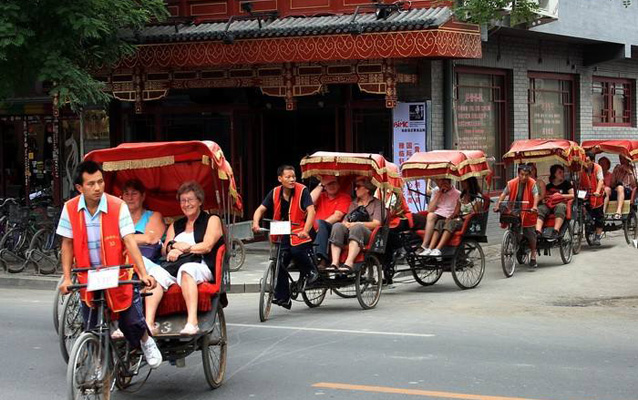 Taking a leisure rickshaw in Beijing Hutongs
Taking a leisure rickshaw in Beijing Hutongs
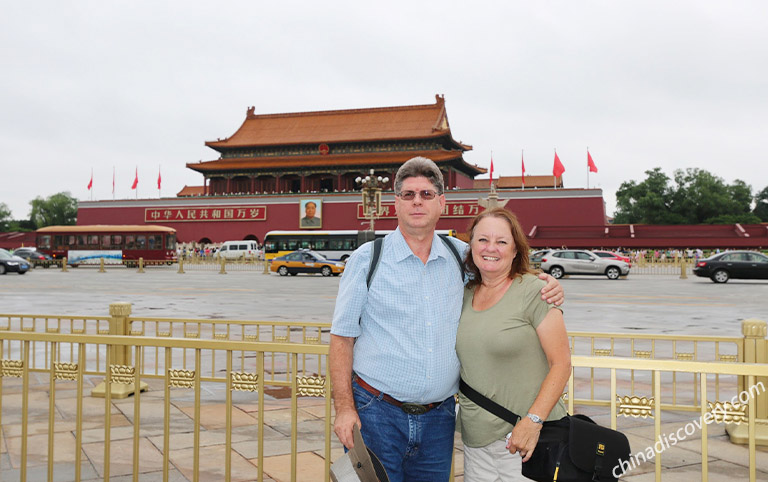 Beijing Tiananmen Square Summer
Beijing Tiananmen Square Summer
After breakfast, drive to the imperial site - Temple of Heaven. It was originally used to pay homage to Heaven and pray for harvest, now becomes a bustling place for locals to take part in traditional activities, such as Tai Chi, dancing, kite flying, water calligraphy, etc.
After the Temple of Heaven visit, drive about 70km to witness one of the Seven Wonders of the World - the Great Wall. Visit the Mutianyu, a less crowded yet well-preserved segment of the Great Wall built in the Ming Dynasty. It will more than live up to all of your expectations! This great wall, linking Gubeikou in the east and Juyongguan in the west, was served as the vital military strategic point in the ancient time. Moreover, Mutianyu section is the longest great wall in China so far and since protection work is well done here, tourists can now see its original appearance and enjoy the real ancient culture of great wall. Also, spectacular natural scenery in Mutianyu Great Wall always impresses visitors here for its abundant vegetation. You will take a cable car to ascend the Great Wall, then hike the most beautiful and interesting part of Mutianyu. It's a wonderful experience to climb up its rising towers to enjoy scenic views and take brag-worthy photos of the wall wriggling along mountain ridges. After the exciting time, descend Mutianyu Great Wall by cable car. (Note: If energy permits, you can hike up or down which takes about 40 minutes to climb steps. Please tell your likes to your travel consultant.)
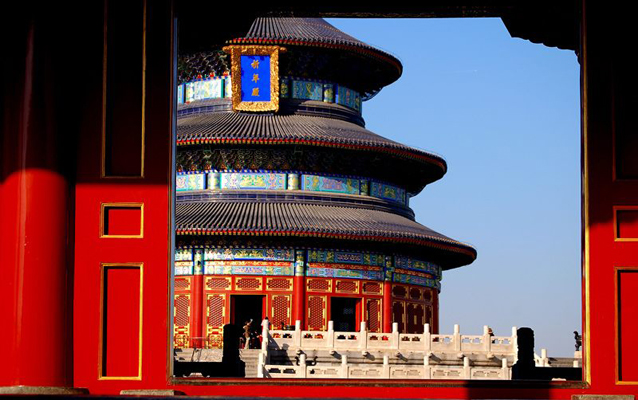 The majestic Temple of Heaven in Beijing
The majestic Temple of Heaven in Beijing
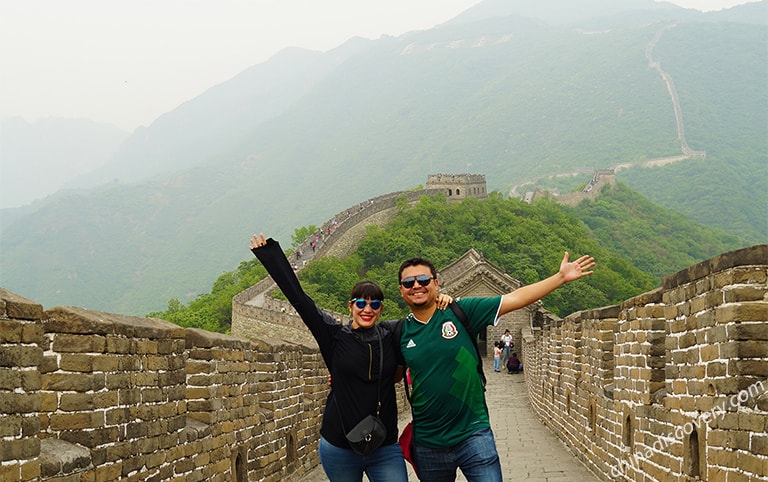 Misty Mutianyu Great Wall
Misty Mutianyu Great Wall
Get up early, you will be escorted to the train station and take a high speed bullet train to Datong from Beijing (about 2-2.5 hours). Upon arrival, be met by your local tour guide, and start to explore Datong highlights.
First site to visit is the famous Yungang Grottoes, a World Heritage site dating back to 5th century. Containing 254 Buddhist caves, Yungang Grottoes stretches about 1 km long. It is filled with about 5,100 precious sculptures - the height of the largest Buddha statue reaches 17 meters and the smallest is only 2 centimeters tall. Most of the sculptures are Buddhas, from which you can be awestruck at their life-like features and blissful smiles. You won't miss Cave No.5 and Cave No. 6 - the highlights of Yungang Grottoes with the entire interiors carved and colored. Facing these jaw-dropping celestial beings in different shapes, you can imagine the painstaking effort taken to produce them.
In the afternoon, drive to Datong city to visit Nine Dragon Screen Wall, made of colorful glazed tiles and depicting nine dragons. It once served as a temple's spirit wall placed in an entrance to inhibit the evil spirit's coming. Now it is the biggest and oldest glazed dragon wall in China. Next, you will visit Huayan Temple - the largest and best preserved monastery built by Khitan during Liao Dynasty. Unlike most traditional Chinese buildings, it interestingly faces east not south, because the Khitan were also sun worshipers. Indulge yourself in the palatial buildings, exquisite frescoes, valued inscriptions in the temple.
Check in to your hotel in Datong downtown.
Nightlife idea (on your own): take a leisurely walk or ride a bike on restored City Wall of Datong. Both new and old city of Datong can be viewed on the wall, showing a drastic difference. The night view seen from the City Wall is more amazing.
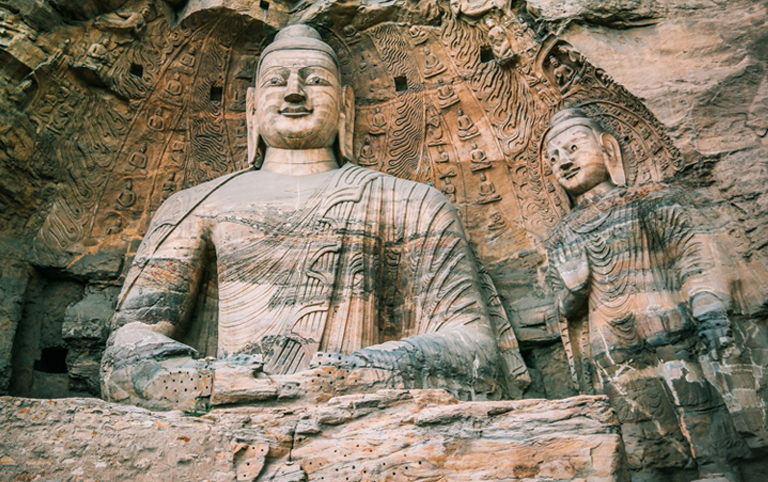 Datong Yungang Grottoes - World Heritage Site
Datong Yungang Grottoes - World Heritage Site
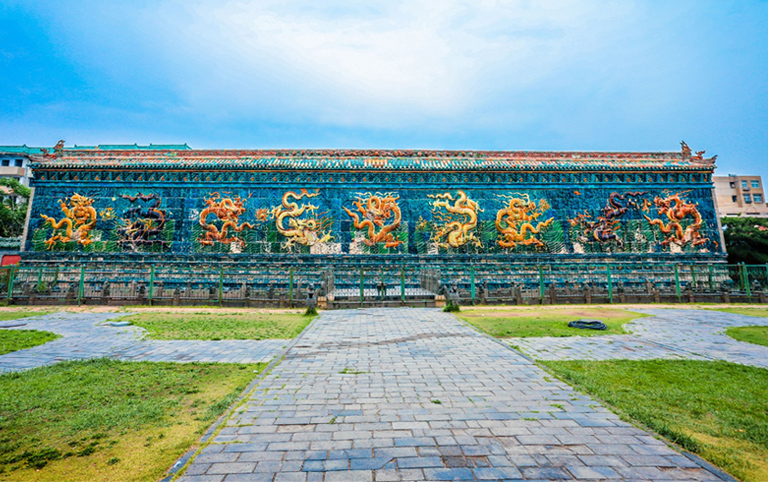 Nine Dragon Screen Wall
Nine Dragon Screen Wall
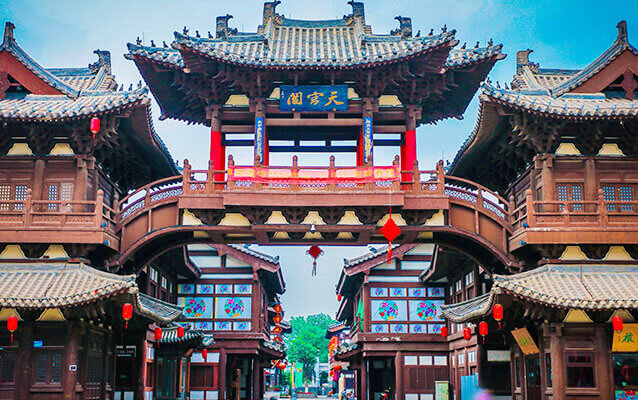 Magnificent Huayan Temple in Datong
Magnificent Huayan Temple in Datong
After breakfast, you will get to Hanging Temple after 1.5 hours' driving (80 km). Built in 491 during Northern Wei Dynasty, it enjoys a history of over 1,500 years. Miraculously carved into the sheer cliff of Hengshan Mountain, Hanging Temple is one of the most incredible sights in China. Its 40 perilous halls and pavilions lean straight over the canyon. Seeing it from the ground, travelers can't help admiring at the ancient people's wisdom. Moreover, Hanging Temple is featured as the only existing temple with the combination of Buddhism, Taoism and Confucianism.
After the exciting experience in Hanging Temple, drive 1 hour to Yingxian Wooden Pagoda - the oldest and tallest wooden multi-storey structure in the world. Built in 1056 during Liao Dynasty (907 ~ 1125) and standing at 67.31 meters high, it shocks travelers most that the whole structure was made without any nails, screws, or bolts. There are lots of elegant Buddha statues and Bodhisattva statues to worship. Among them, a 11m high Sakyamuni statue is sitting solemnly in the pagoda on the first floor, it is the grandest one.
After the tour, drive about 3 hours to Mount Wutai. Stay overnight in Wutaishan.
After breakfast, go to explore Buddhist culture in the most influential temples of Mount Wutai - Tayuan Temple, Shuxiang Temple, Xiantong Temple, Pusa Ding Temple which are all convenient located in Taihuai Town.
Tayuan Temple (Pagoda Courtyard Temple) is named after the Great White Pagoda, a symbol of Mount Wutai. This big white pagoda is 75.3 meters high and 83 meters around. It is said there is a stupa of Sakyamuni’s sarira built by ancient Indian King Ashoka and hair of Manjushri inside the Great White Pagoda. Shuxiang Temple (Temple of Manjushri’s Statue) was established in East Jin Dynasty (AD 317~420). It houses the biggest statue of Manjusri Bodhisattva which is nearly 10 meters high. It used to be visited by many ancient emperors and queens. Xiantong Temple is the largest as well as the oldest temple in Mount Wutai. Its Bronze Hall, built in 1610 and made of 50,000 kg bronze, is one of the best preserved bronze halls in China. Pusa Ding Temple (Bodhisattva Summit) is the largest Tibetan monastery in Mount Wutai. It is featured in grand royal-style halls and temples. The ancient emperors in Ming and Qing Dynasties lived in the temple during their pilgrimage to Mount Wutai.
After the temples visit, drive about 3.5 hours to Pingyao. Check in to your hotel. The rest time is free for you to relax and take rest.
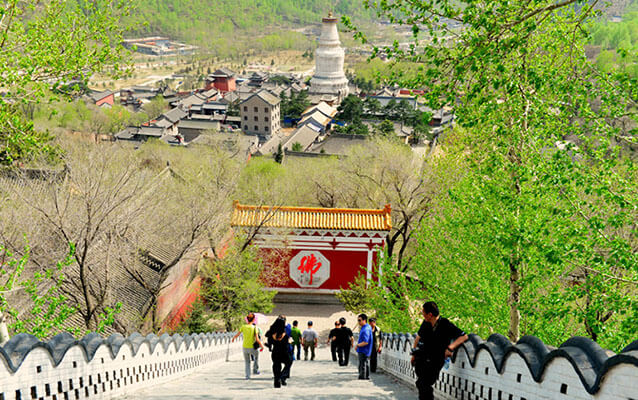 Tayuan Temple of Mount Wutai
Tayuan Temple of Mount Wutai
After breakfast, your guide will pick you up to start Pingyao Ancient City exploration. As one of the best-preserved ancient cities in China, Pingyao Ancient City is listed as a UNESCO World Cultural Heritage Site because of its brilliant cultural magnificence. With a history over 2700 years, Pingyao Ancient City still keeps its intact charm: ancient city walls, elegant courtyards, scattered temples, all reflecting the urban planning style between 1368 and 1911 during the Ming and Qing Dynasties. Your tour starts from the Ancient City Wall of Pingyao, where you can have a panorama view of the layout of this town. Then you will move on to the Rishengchang Former Bank, which shows you the original bank system in the past. Next, stroll on the traditional Ming and Qing Street, a cobbled road with old buildings on either side. It's much like tracing back to the former bustle bazaar in the old days. Later, visit the Temple of City God to appreciate the wonderful wood carvings, paintings and sculptures in the old temple.
After Pingyao Ancient City exploration, drive about 15 minutes to visit Shuanglin Temple, where you will be impressed by its large number of clay figures and wooden sculptures of various gods, goddesses and saints.
Return to your hotel after Shuanglin Temple visit.
Optional activity: Enjoy the excellent drama show of Another Glance at Pingyao (19:00~20:30) which presents local life, prosperity and recession of Pingyao during Qing dynasty vividly.
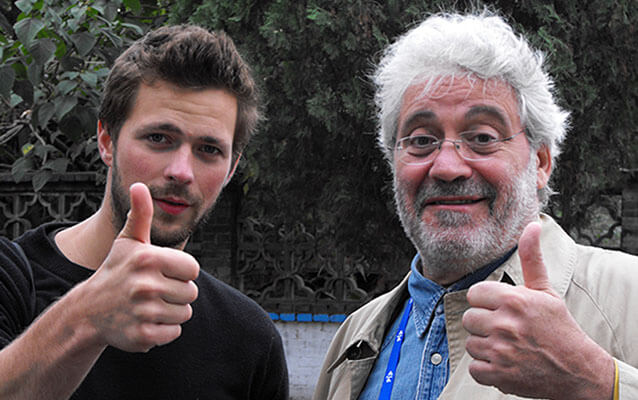 Tourits in Pingyao Ancient City
Tourits in Pingyao Ancient City
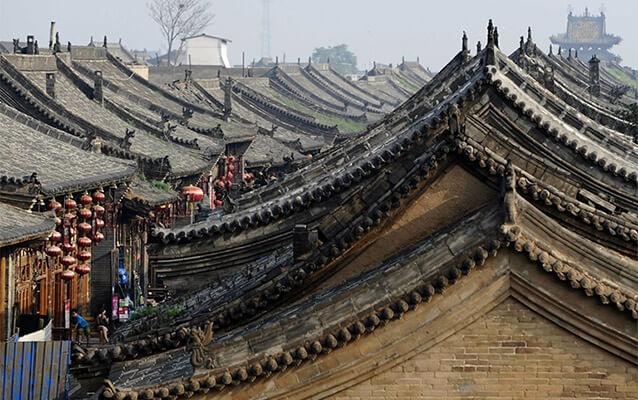 Ming and Qing Dynasty Street
Ming and Qing Dynasty Street
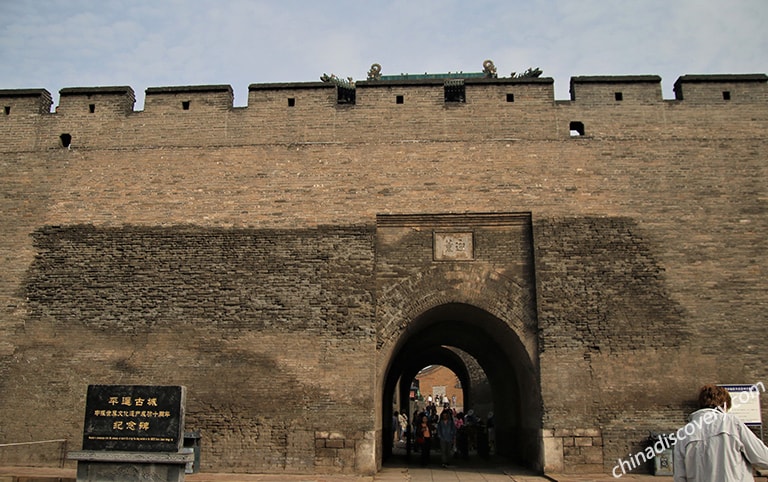 Pingyao Ancient City Wall Shot by Our Customer Elie
Pingyao Ancient City Wall Shot by Our Customer Elie
After breakfast, drive about 1 hour to Zhangbi Ancient Castle, which is a series of tunnels dug to hide out in times of war in over 1380 years ago. You will be amazed by the fabulous feat of architecture and engineering in ancient time.
Later, move to Wang's Family Compound which is reputed as an art museum of traditional Chinese architecture and “Forbidden City in Folk”. It is a building complex of multi-generation endeavor of Jingsheng Wang family through the Ming and Qing dynasties for more than 300 years, including five lanes and 6 forts and 231 courtyards, 2,078 rooms and a street with a total area of 250,000 square meters. Within the courtyards are rooms, kitchens, schools, and prayer pavilions. The architectural layout of the Wang Family Compound inherits the courtyard style formed in the Western Zhou Dynasty (1046 BC~771 BC) – halls in front and bedroom at back which not only provides enough space for social activities, but also satisfies the requirements of the family privacy. Young and orderly, men and women, hosts and workers are accommodated in different areas, which fully reflects the majesty of the official family and the regularity of the patriarchal etiquette in ancient China.
After visiting, your local guide will escort you to Airport / Railway Station to catch your flight / train to next destination.
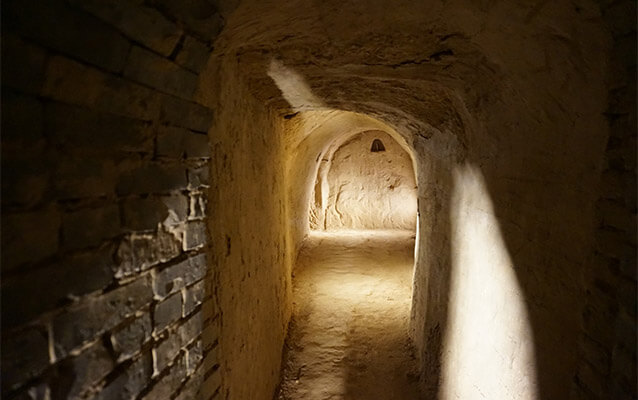 Tunnel in Zhangbi Ancient Castle
Tunnel in Zhangbi Ancient Castle
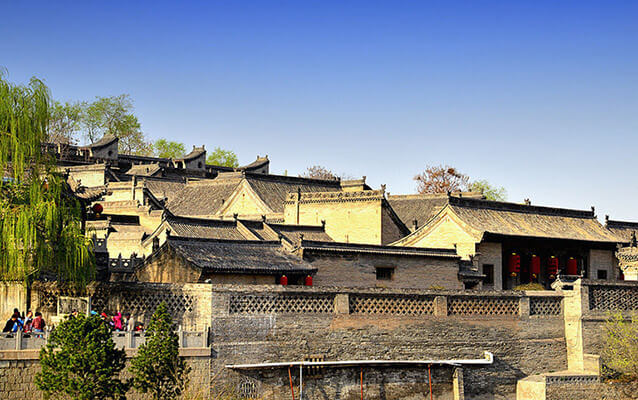 Wang's Family Compound
Wang's Family Compound
No documents found.
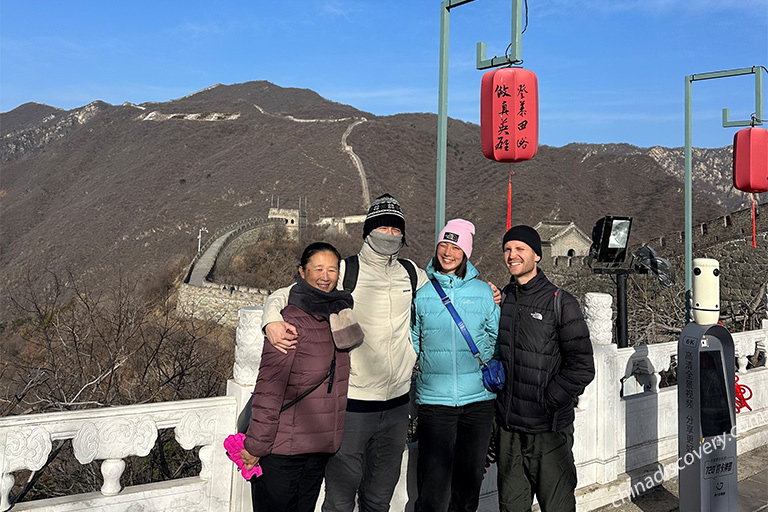
Beijing / Pingyao
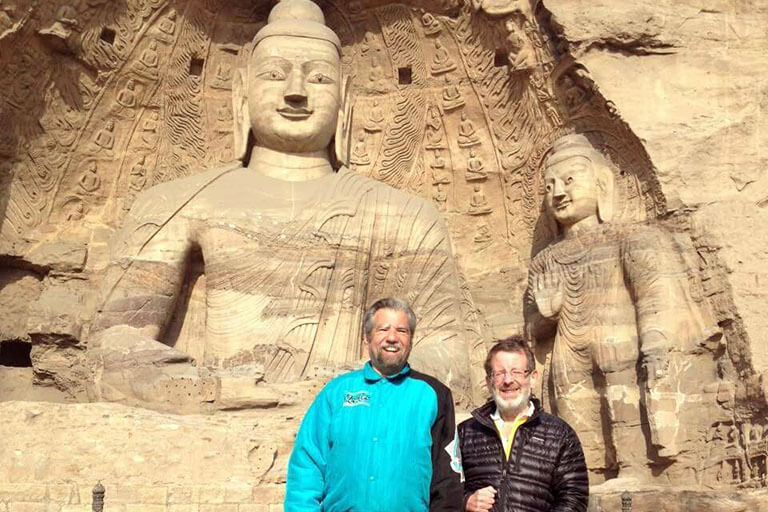
Beijing / Datong / Pingyao / Xian / Shanghai
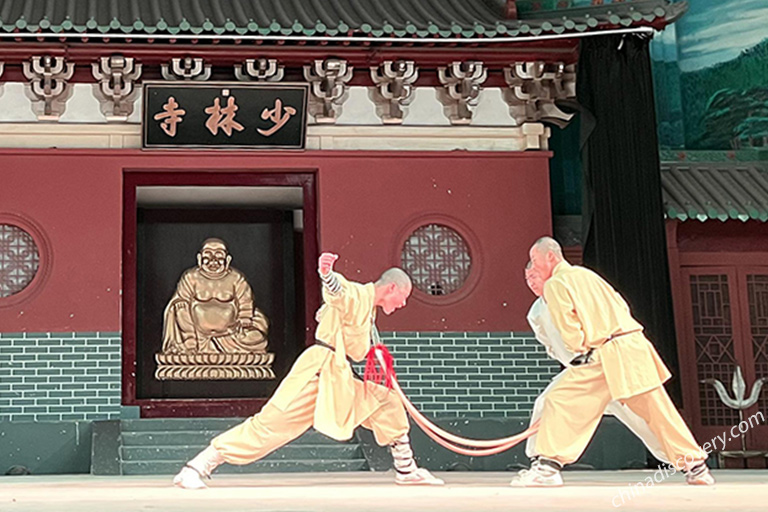
Beijing / Datong / Pingyao / Xian / Luoyang / Dengfeng / Zhengzhou